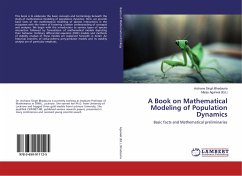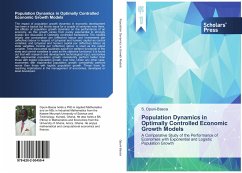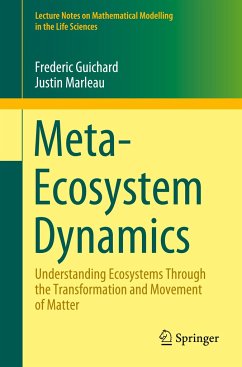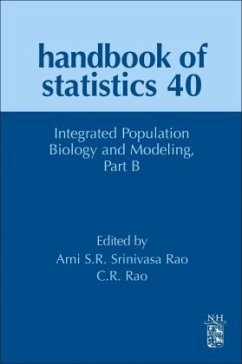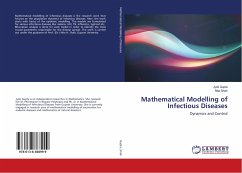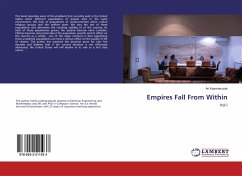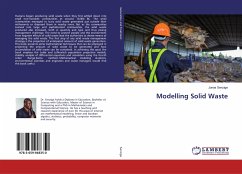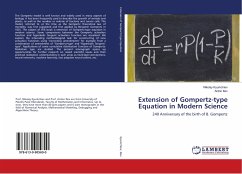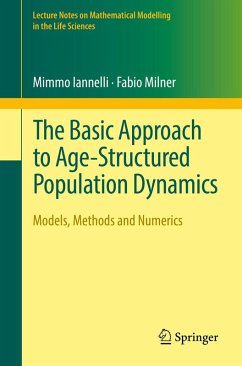
Spatiotemporal Population Modeling and Simulation Using MATLAB
Model Formulation and Computational Implementation in MATLAB
Versandkostenfrei!
Versandfertig in 6-10 Tagen
34,99 €
inkl. MwSt.

PAYBACK Punkte
17 °P sammeln!
Spatiotemporal population modeling uses mathematical and computational tools to analyze how populations change over time and space. MATLAB provides a flexible environment for simulating these dynamics through differential equations, agent-based models, and spatially explicit frameworks. Such models help study species distribution, migration, and interactions with environmental factors. Key components include spatial grids, time-stepping methods, and parameter estimation. Applications range from ecology and epidemiology to urban planning. MATLAB's built-in functions and toolboxes allow for visu...
Spatiotemporal population modeling uses mathematical and computational tools to analyze how populations change over time and space. MATLAB provides a flexible environment for simulating these dynamics through differential equations, agent-based models, and spatially explicit frameworks. Such models help study species distribution, migration, and interactions with environmental factors. Key components include spatial grids, time-stepping methods, and parameter estimation. Applications range from ecology and epidemiology to urban planning. MATLAB's built-in functions and toolboxes allow for visualization, numerical integration, and GIS data handling, making it ideal for modeling habitat fragmentation, dispersal, and population responses to environmental changes. This approach supports both deterministic and stochastic simulations, offering insights into complex biological systems.



